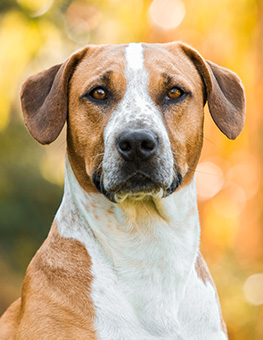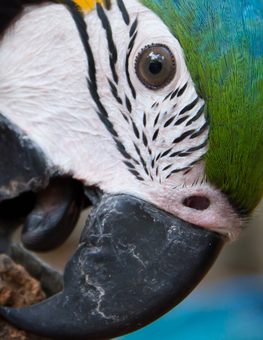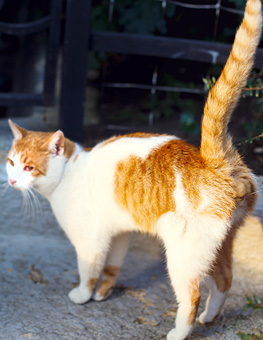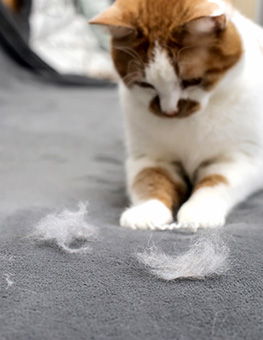Understanding Reptile Types
Did you know that there are over 7,000 reptile species in in the world? It is hard for us to believe, and we’re pet people!
Even though there are so many species, only a small percentage of reptiles make suitable pets. We want to walk you through the process of choosing the reptile that’s right for you. Not long ago it was common to adopt reptiles that came directly from the wild, but it is best to adopt reptiles that are captive-bred for the following reasons:
- Disease: Captive-bred reptiles are far less likely to carry any of the diseases (both reptilian and human) and parasites that their wild-caught cousins bear .
- Health: Captive-bred reptiles are raised with the nutrition and health care necessary to live a domesticated life.
- Cost: Rearing reptiles in large quantities in a controlled environment is more cost effective than seeking them out one at a time. The shipping and associated expenses of capturing a wild reptile drive the price through the roof.
- Species Preservation: By opting for captive bred over wild-caught, you are helping to preserve species, protecting the balance of nature in the reptiles’ native environment, and preventing the spread of disease across countries and continents.
We are excited for everyone to learn what great pets reptiles make! They are generally low maintenance and fascinating to observe. The trick when picking out your reptile is to match the reptile that best fits into your lifestyle and home environment. You may have become partial to one kind of reptile or another after seeing one of them in a pet store, another home, on television or in nature. Below you will find a list of the most popular “beginner” reptile pets.
|
Reptile |
Ease |
Adult |
Food Requirements |
Notes |
|---|---|---|---|---|
| Green Iguana | Moderate | Up to six feet | Herbivore | Arboreal (lives in trees)…high humidity…docile when young…carpet or paper substrate…dinosaur-like appearance makes them popular with children |
| Leopard Gecko | Easy | Up to one foot | Insectivore | Nocturnal (awake at night)…no special lighting needed…docile… carpet or paper substrate |
| Bearded Dragon | Moderate | Up to two feet | Omnivore-Insectivore | Tame…interesting observable behavior…native to Australia…spikes around neck bellow out when stressed |
| Green Anole | Moderate | Up to eight inches | Insectivore | Requires high humidity and misting…males have "inflatable" dewlap…can change color like chameleons…do well with live plants…inexpensive |
| Blue-Tongued Skink | Easy | Up to eighteen inches | Omnivore | Docile…needs hiding places…terrestrial |
| Turtle (red-eared slider) | Moderate | Up to six inches | Omnivore | Docile…specimens under four inches illegal for sale…requires aquarium with land area for basking…water filtration system a must |
| Corn Snake | Easy | Up to five feet | Carnivore | Requires secure cage, good escaper…no special lighting requirements…carpet or wood shavings substrate |
| Jackson Chameleon | Difficult | Up to fourteen inches | Omnivore | Requires moist, humid, misted environment…requires climbing materials, plants and soil substrate |
| Baselisks | Moderate | Varies by type | Primarily Insectivore | Needs high humidity…needs water for soaking…needs climbing materials…docile |
| Collared Lizard | Moderate | Up to one foot | Omnivore-Carnivore | Requires high heat…can be aggressive towards humans and other reptiles…gravel substrate recommended |









